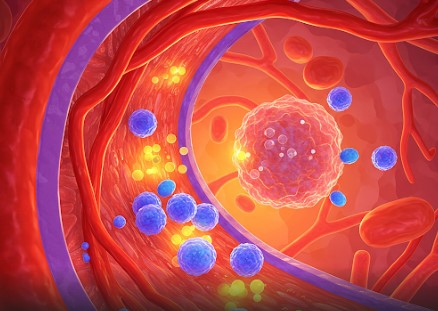
High blood pressure, or hypertension, is a prevalent condition that significantly increases the risk of heart disease, stroke, and other serious health problems. Fortunately, various effective medications are available to manage hypertension, and nifedipine is one such widely prescribed drug. Understanding how nifedipine works to lower blood pressure can empower patients and healthcare providers alike. This article delves into the pharmacological action of nifedipine, explaining its role in promoting cardiovascular health.
Nifedipine belongs to a class of drugs known as calcium channel blockers, specifically dihydropyridine calcium channel blockers. Its primary mechanism of action revolves around its ability to selectively inhibit the influx of calcium ions into certain types of muscle cells, particularly the smooth muscle cells found in the walls of arteries.
To appreciate how nifedipine works, it’s essential to understand the role of calcium in muscle contraction. Calcium ions act as intracellular messengers that trigger the contraction of muscle fibers. In the context of blood vessels, when calcium enters the smooth muscle cells of arterial walls, it causes these muscles to contract. This contraction leads to a narrowing of the blood vessels, a process called vasoconstriction. Vasoconstriction increases the resistance against which the heart has to pump blood, thereby elevating blood pressure.
Nifedipine intervenes in this process by binding to specific calcium channels, known as L-type calcium channels, located on the surface of these arterial smooth muscle cells. By blocking these channels, nifedipine effectively reduces the amount of calcium that can enter the cells. With less calcium available inside the cells, the contractile activity of the arterial smooth muscles is diminished.
The direct consequence of this reduced muscle contraction is vasodilation – the widening or relaxation of the blood vessels. As the arteries dilate, the overall resistance to blood flow decreases. This makes it easier for the heart to pump blood throughout the body, leading to a reduction in both systolic and diastolic blood pressure.
Essentially, nifedipine doesn’t directly affect the heart’s pumping force in most cases (at typical therapeutic doses for hypertension). Instead, its main effect is on the peripheral vasculature – the network of arteries throughout the body. By relaxing these arteries, nifedipine creates a larger-caliber system for blood to flow through, thereby lowering the pressure within that system.
It’s also worth noting that while nifedipine’s primary action is on arterial smooth muscle, it has minimal effect on the calcium channels in heart muscle cells at standard doses, distinguishing it from some other types of calcium channel blockers that may have more direct effects on heart rate and contractility.
In summary, nifedipine lowers blood pressure through a clear and targeted mechanism:
- Binding to Calcium Channels: Nifedipine selectively binds to L-type calcium channels on the smooth muscle cells of arterial walls.
- Inhibiting Calcium Influx: This binding blocks the entry of calcium ions into these muscle cells.
- Reducing Muscle Contraction: With less intracellular calcium, the smooth muscle cells contract less forcefully.
- Promoting Vasodilation: The reduced contraction leads to the relaxation and widening of the arteries.
- Lowering Blood Pressure: Vasodilation decreases peripheral vascular resistance, making it easier for the heart to pump blood and thereby reducing overall blood pressure.
The effectiveness of nifedipine in managing hypertension lies in this well-defined action, helping to protect individuals from the long-term detrimental effects of elevated blood pressure. As with any medication, nifedipine should be taken under the guidance of a healthcare professional who can determine the appropriate dosage and monitor for any potential side effects.